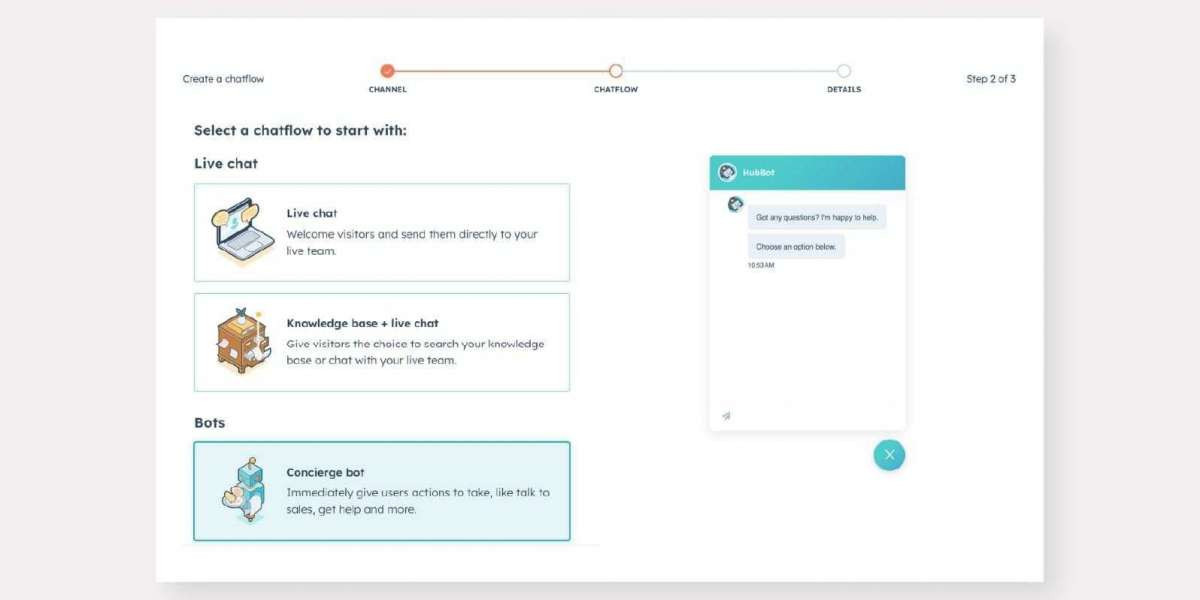In today’s fast-paced digital world, customer expectations are higher than ever. With consumers seeking instant responses and personalized experiences, businesses are increasingly turning to technology to meet these demands. One of the most effective tools in this transition is the customer care chatbot. This guide will explore what Customer Care Chatbot are, how they function, their benefits, implementation strategies, and future trends in customer support.
What is a Customer Care Chatbot?
Definition
A customer care chatbot is an automated software application designed to simulate human conversation through artificial intelligence (AI) and natural language processing (NLP). These chatbots can interact with customers via text or voice, answering inquiries, resolving issues, and providing information round-the-clock.
Types of Chatbots
Rule-Based Chatbots: These operate on predefined rules and scripts. They can only respond to specific queries and are limited in their capabilities.
AI-Powered Chatbots: Utilizing machine learning and NLP, these chatbots can understand context, learn from interactions, and provide more sophisticated responses. They are capable of handling complex inquiries.
Hybrid Chatbots: Combining rule-based and AI elements, hybrid chatbots can manage simple queries while also having the flexibility to escalate more complex issues to human agents.
How Customer Care Chatbots Work
Natural Language Processing (NLP)
NLP allows chatbots to interpret and understand human language. By analyzing user input, chatbots can determine the intent behind questions and provide appropriate responses.
Machine Learning
Machine learning algorithms enable chatbots to learn from previous interactions, improving their ability to handle inquiries over time. The more they are used, the more effective they become at providing relevant answers.
Integration with Existing Systems
Customer care chatbots can be integrated with various platforms such as Customer Relationship Management (CRM) systems, databases, and communication channels (like websites, social media, and messaging apps). This integration allows chatbots to access customer data, order history, and other relevant information to personalize interactions.
Benefits of Customer Care Chatbots
1. 24/7 Availability
Chatbots provide round-the-clock support, ensuring that customers can receive assistance at any time, regardless of time zones or business hours.
2. Instant Responses
With chatbots, customers receive immediate answers to their questions, reducing wait times and improving overall satisfaction.
3. Cost Efficiency
Implementing chatbots can significantly lower operational costs. Businesses can reduce the number of human agents needed for support, allowing them to allocate resources more effectively.
4. Consistent Customer Experience
Chatbots provide uniform responses, ensuring that customers receive the same level of service every time they interact with the system. This consistency builds trust and reliability.
5. Enhanced Data Collection
Chatbots can gather valuable data from customer interactions, helping businesses analyze trends, identify common issues, and improve products and services.
Implementation Strategies for Customer Care Chatbots
1. Define Objectives
Before deploying a chatbot, businesses should clearly define its objectives. Are they aiming to reduce response times, handle FAQs, or provide product recommendations? Clear goals will shape the chatbot’s design and functionality.
2. Choose the Right Technology
Selecting the appropriate technology is crucial. Businesses should consider factors such as the complexity of inquiries, integration capabilities, and the level of customization required.
3. Design User-Friendly Interactions
The chatbot’s interface should be intuitive and easy to navigate. Clear prompts, engaging language, and an option to escalate to a human agent when necessary will enhance the user experience.
4. Train the Chatbot
For AI-powered chatbots, training is essential. Businesses should feed the chatbot a variety of inquiries and responses to help it understand different contexts and improve its accuracy.
5. Monitor and Optimize
Post-implementation, businesses must continuously monitor chatbot interactions to identify areas for improvement. Gathering customer feedback and analyzing performance metrics can help refine the chatbot’s capabilities over time.
Challenges of Customer Care Chatbots
1. Understanding Complex Queries
While AI-powered chatbots are advanced, they may struggle with nuanced or complex inquiries. Businesses need to ensure that there are options for customers to escalate issues when the chatbot cannot provide satisfactory answers.
2. Maintaining Human Touch
A common concern is that chatbots may lack the empathy and understanding that human agents provide. Balancing automation with personal interaction is crucial for customer satisfaction.
3. Integration Issues
Integrating chatbots with existing systems can present technical challenges. Businesses must ensure that the chatbot works seamlessly with other platforms to provide accurate information.
Future Trends in Customer Care Chatbots
1. Enhanced AI Capabilities
As AI technology continues to evolve, chatbots will become more sophisticated, able to handle increasingly complex inquiries and provide more personalized experiences.
2. Voice-Activated Support
With the rise of voice assistants, the integration of voice-activated chatbots will become more prevalent, allowing customers to interact through spoken commands.
3. Multilingual Support
As businesses expand globally, chatbots with multilingual capabilities will be essential in providing support to diverse customer bases.
4. Emotional Intelligence
Future chatbots may incorporate emotional intelligence, allowing them to understand customer emotions and respond appropriately, creating a more human-like interaction.
5. Greater Personalization
Advancements in data analytics will enable chatbots to deliver highly personalized experiences based on customer preferences, behavior, and history.
Conclusion
Customer care chatbots represent a transformative shift in how businesses interact with their customers. By offering 24/7 support, instant responses, and cost-efficient solutions, chatbots enhance the overall customer experience. However, successful implementation requires careful planning, ongoing optimization, and a commitment to maintaining the human touch in customer interactions. As technology continues to advance, the role of chatbots in customer service will only grow, paving the way for more efficient and personalized customer support systems. Embracing this technology will be vital for businesses looking to thrive in an increasingly competitive landscape.








